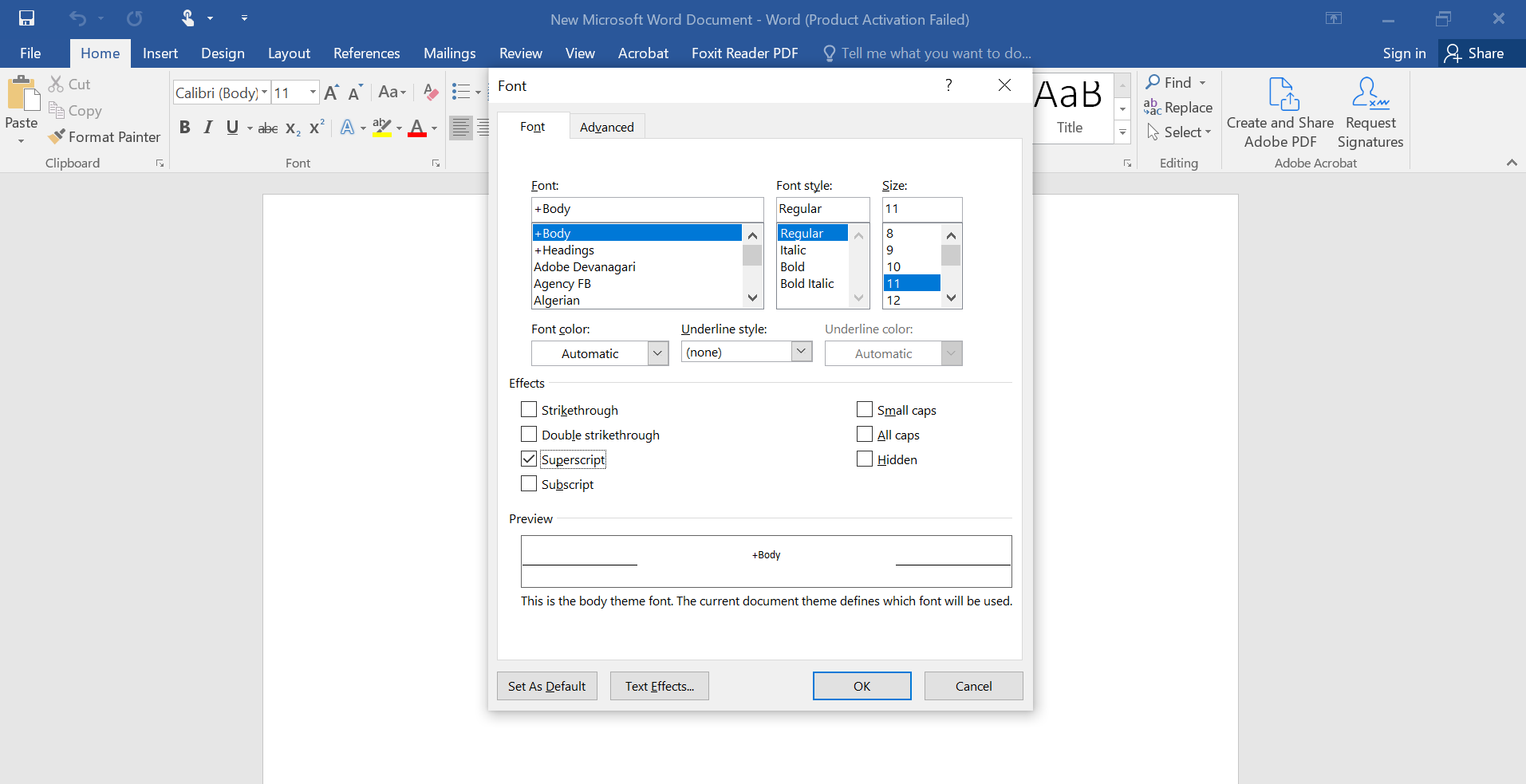How to Change the Font, Font Size, and Font Color in the Font Dialog Box. The Font dialog box offers advanced options that aren’t available in the ribbon or the Mini shortcut menu. Select the Home tab in the ribbon (see figure 1). If your document is blank, skip to step 3. Select the text with the font you want to change. In Excel, choose Page Layout, Fonts, Customize Fonts. In PowerPoint, on the Design tab, click the More button for the Variants group, point to Fonts, and choose Customize Fonts. In the Create New Theme Fonts dialog box (Figure 8), open the drop-down list for each Heading Font and Body Font and select the fonts you want to use.
- Microsoft Word Font Dialog Box Template
- Microsoft Word Font Free
- Microsoft Word Font Examples
- List Of Microsoft Word Font Styles
Home > Articles > Home & Office Computing > Microsoft Applications
␡- Creating Custom Color and Font Sets



Microsoft Word Font Dialog Box Template

Like this article? We recommend
Like this article? We recommend
Creating Custom Color and FontSets
You can create custom themes that include your own choices for fonts, colors, and effects. You can assign them names, and then share them with other computers and other users. This enables you to combine the qualities of different themes into a single theme that exactly meets your needs. Furthermore, you can also create your own custom font and color sets.
To create your own color set, follow these steps:
Microsoft Word Font Free
- In Word, choose Design, Colors, Customize Colors.
- In the Create New Theme Colors dialog box (Figure 7), open the drop-down list for each of the theme color placeholders and select a different color.
- Type a name for your custom color theme in the Name box, and then click Save.
Monthly manful waiter guide. In Excel, choose Page Layout, Colors, Customize Colors.
In PowerPoint, on the Design tab, click the More button for the Variants group, point to Colors, and choose Customize Colors.
Figure 7: The Create New Theme Colors dialog box.
In most cases, you will want to choose one of the Standard Colors or click More Colors and then choose a color from the Colors dialog box. If you choose a color from the Theme Colors section, that placeholder will be defined as whatever color is assigned to that other placeholder. Sometimes that might be useful--for example, you might have Accent 1 be a 25% shade of whatever color was chosen for Accent 2. Normally, though, it just gets confusing.
Microsoft Word Font Examples
Creating a custom font set is very similar, except you are defining fonts instead of colors. Follow these steps:
List Of Microsoft Word Font Styles
- In Word, choose Design, Fonts, Customize Fonts.
- In the Create New Theme Fonts dialog box (Figure 8), open the drop-down list for each Heading Font and Body Font and select the fonts you want to use.
- Type a name for your custom font theme in the Name box, and then click Save.
In Excel, choose Page Layout, Fonts, Customize Fonts.
In PowerPoint, on the Design tab, click the More button for the Variants group, point to Fonts, and choose Customize Fonts.